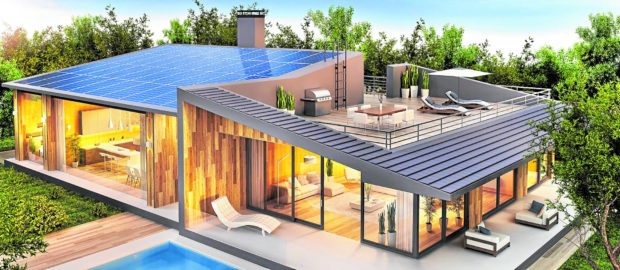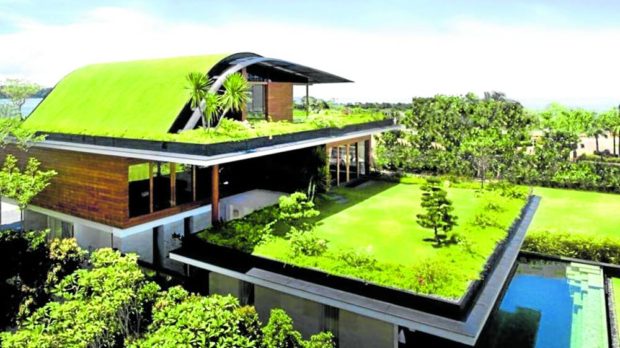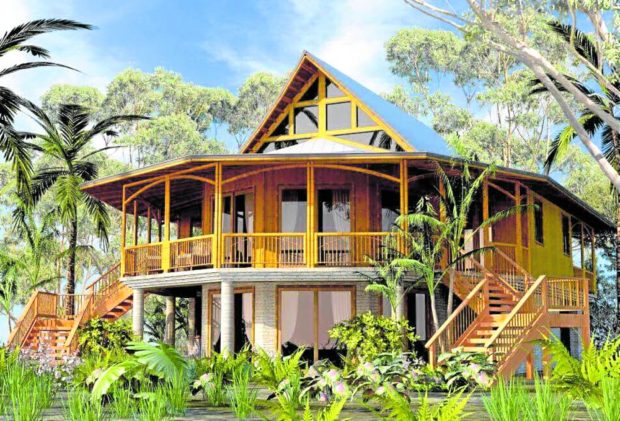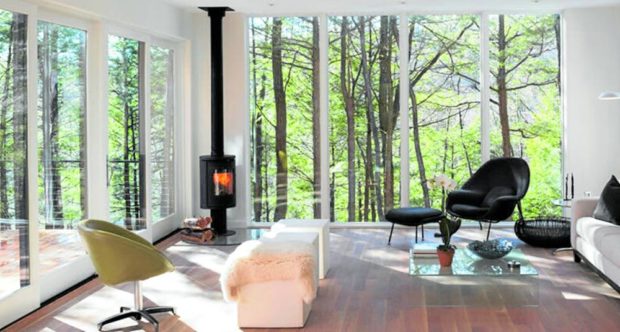Revitalizing tropical homes with sustainability

Designing an environmentally conscious house does not require sacrificing comfort, style, or price. https://ecoreports.com.au
Southeast Asia is among the regions most vulnerable to climate change, and the Philippines is no exception. Worsened by rising sea levels, earthquakes and typhoons are wreaking massive devastation with more regularity. Filipinos should look at the vulnerability and the disproportionate effect of climate change on urban centers, coastal cities, and villages.
Everything starts at home
When it comes to climate action, it is surprisingly easy to determine where to begin. Home is where sustainability starts. Everyone can reduce their environmental impact and carbon footprint even through simple ways. Doing your part for the environment and sustainability can be more straightforward than you think if you prioritized energy conservation in your house.
Cool roofs help reduce airconditioning loads
Exposure to ultraviolet rays and acid rain degrades the house quickly. Roofing materials must reflect more sunshine and absorb less heat than the standard dark cover. Adding enough eaves for shading and shadows reduces the quantity of heat or rainwater entering the house.
Cooler roof solutions reduce households’ dependence on energy-intensive airconditioning equipment. Using these materials in building components improves energy efficiency and enhances thermal comfort for inhabitants. This tropical housing concept minimizes the community’s heat island impact on a much broader scale, modifying the total heat index.
Making homes breathable and sunny
Most homeowners believe that their home’s value rises when they can occupy as much of their property’s land as possible with indoor floor space. They are unaware that encroachments are detrimental to the quality of life.
A setback is an on-site constraint which establishes the minimum distance a building must be from a designated location to enable more open spaces for ventilation and natural light. Additionally, setbacks and buffer zones protect vital natural resources and habitats from human interference. Gardens and open-to-sky yards also safeguard biodiversity, foster greenery, and encourage water runoff to percolate the soil organically.
When you can, choose bamboo
Did you know that bamboo is the fastest growing plant in the world?
As a sustainable alternative to wood, grass matures in less than five years, compared to 60 years for most hardwood lumber. Some species may grow a few inches every hour, making them a potential renewable energy source. The plant requires fewer pesticides, fertilizers, and land area to develop. It is adaptable for furniture, flooring, and light fixtures, giving your simple dwelling a contemporary and eco-friendly touch.
Live in a sustainable house
Everyone is responsible for climate action, and it is up to us to combat environmental challenges and make a difference. The good news is that designing an environmentally conscious house does not require sacrificing comfort, style, or price.
We may lessen our everyday effects by curating rooms with eco-friendly materials and optimizing sunshine, circulation, and ventilation. We may also assess our houses’ energy consumption to find power-saving possibilities. For instance, commercially accessible LED lights that are non-toxic and recyclable offer cost-effective and custom alternatives.
Carbon-neutral dwellings are currently a reality. The technology and guidelines are present and available on the market today. We only need the knowledge and motivation to make sustainability a reality at home.
The author (www.ianfulgar.com) is one of the premium architects in the Philippines who assists local and international clients in enhancing hotels, condominiums, museums, and commercial and mixed-use township developments with distinctive and forward-thinking design specialties for the real estate industry.



